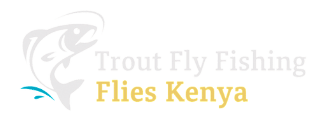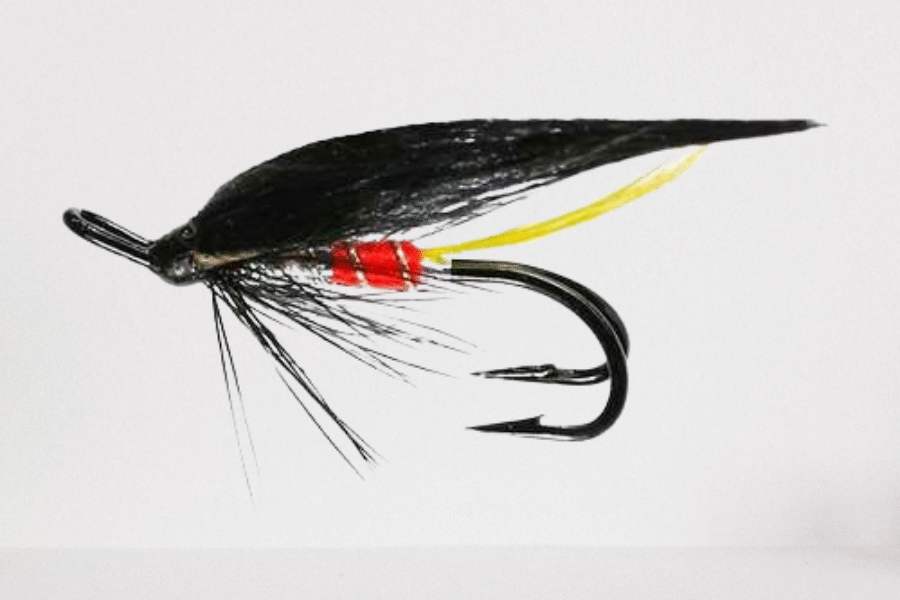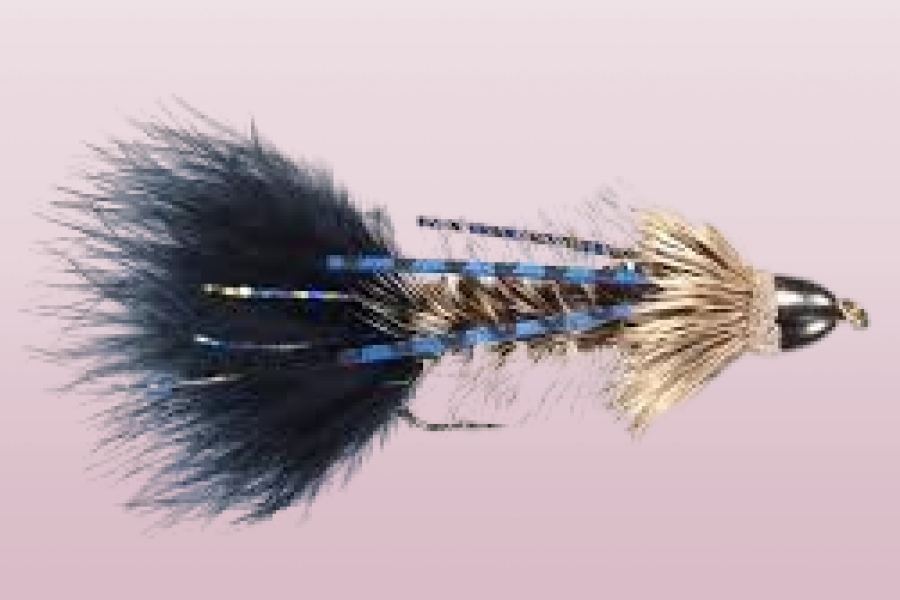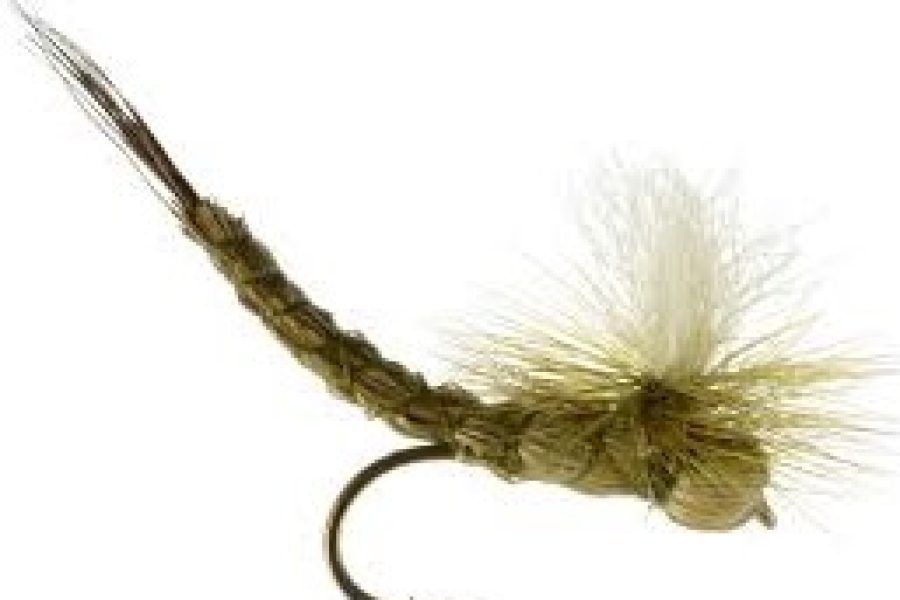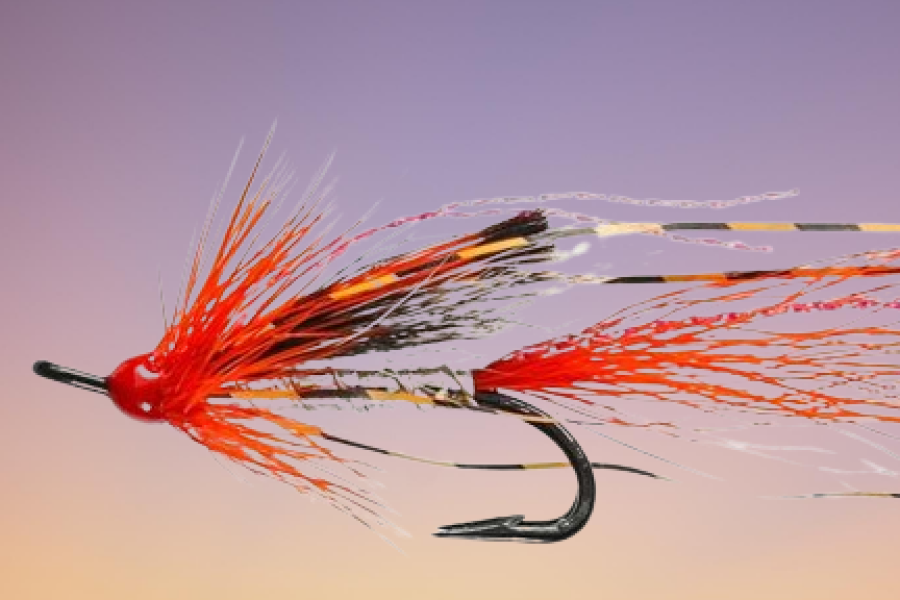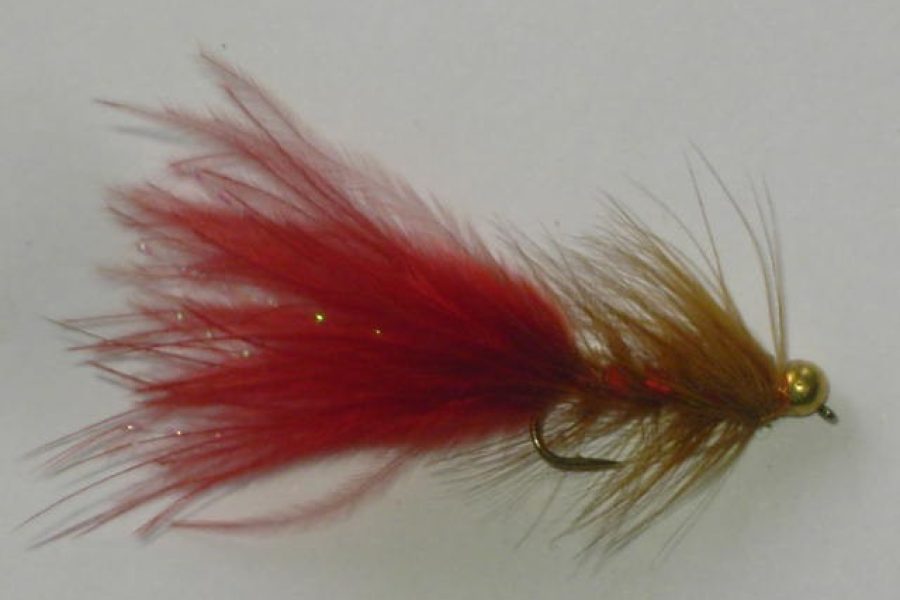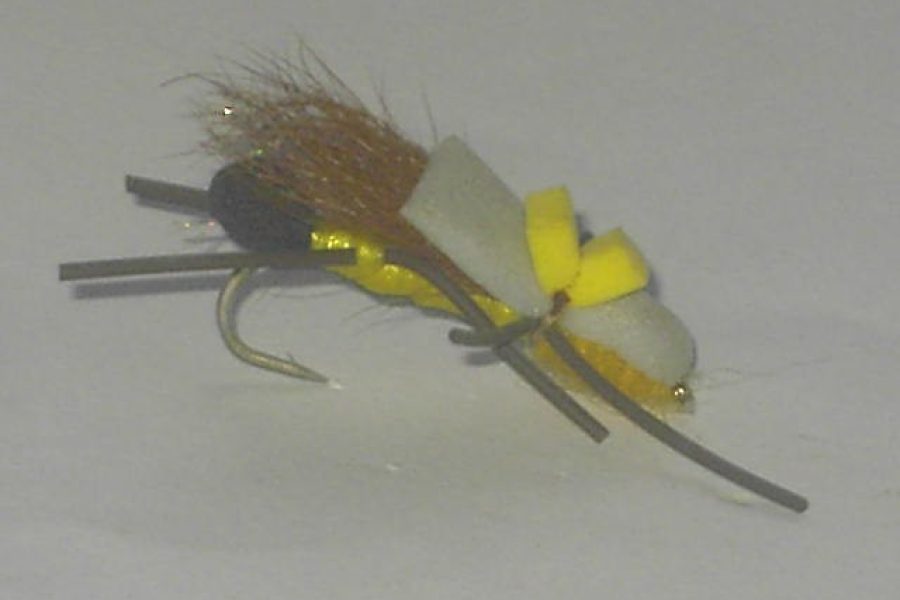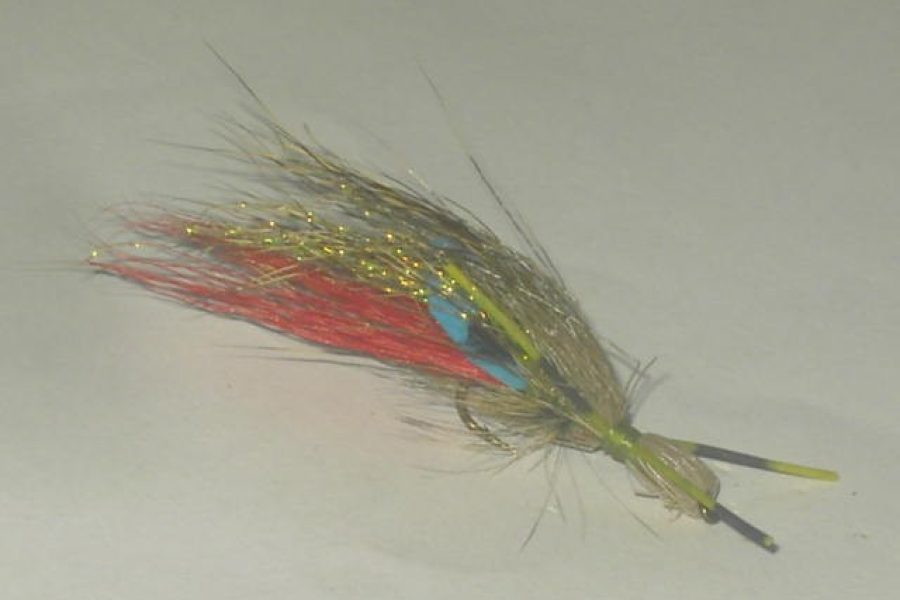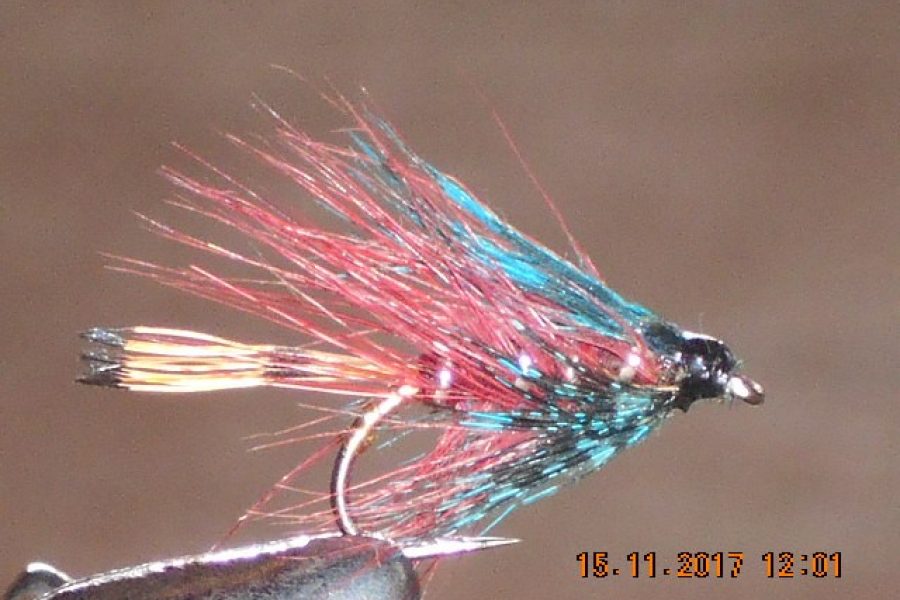25 Assorted wet fly fishing flies
Per Dozen $ 11.40
Description
Product Overview and Heritage The 25 Assorted Wet Flies collection represents a comprehensive selection of subsurface patterns, featuring unique combinations of traditional and modern wet fly designs. This carefully curated assortment incorporates time-tested patterns with proven effectiveness, making them particularly effective for targeting fish feeding below the surface while providing both versatility and durability. The collection has become a reliable choice for serious anglers, offering consistent results across multiple species and water conditions.
Design Features and Materials Hook Characteristics:
- Premium wet fly hooks
- Available sizes: 8-16
- Standard wire construction
- Traditional bend design
- Chemically sharpened points
- Bronze finish
- Optimal hook strength
- Enhanced penetration design
- Perfect size-to-weight ratio
- Freshwater durability
Material Components:
- Traditional hackles
- Quality dubbing
- Soft hackle feathers
- Enhanced durability
- Mixed materials
- Color-fast characteristics
- Movement enhancement
- Natural appearance
- Balanced design
- Realistic profiles
Pattern Variety and Selection The collection includes:
- Soft hackles
- Traditional wet flies
- Winged wets
- Spider patterns
- Flymphs
- Classic designs
- Natural colorations
- Attractor patterns
- Mixed sizes
- Seasonal variations
Fishing Applications and Techniques Presentation Methods:
- Swing technique
- Down-and-across
- Multiple angles
- Depth control
- Pattern placement
- Current fishing
- Structure targeting
- Cross-current swings
- Action variation
- Traditional methods
Specialized Applications:
- Subsurface fishing
- Film zone
- Structure fishing
- Clear conditions
- Low light periods
- Hatch periods
- Search patterns
- Active fish
- High-pressure situations
- Technical water
Seasonal Effectiveness Spring Performance:
- Early season success
- Mixed techniques
- Weather changes
- Pattern selection
- Temperature increases
- Fish movement
- Feeding windows
- Natural cycles
- Light conditions
- Hatch matching
Summer Strategy:
- Deep water fishing
- Morning/evening peaks
- Temperature adaptation
- Feeding patterns
- Oxygen levels
- Light penetration
- Fish behavior
- Water conditions
- Current seams
- Structure targeting
Fall Applications:
- Pre-winter feeding
- Cooling waters
- Changed light conditions
- Transitional periods
- Selective takes
- Pattern visibility
- Fish location
- Temperature drops
- Migration patterns
- Feeding windows
Habitat and Water Types Water Applications:
- Rivers and streams
- Lakes and ponds
- Mountain creeks
- Clear water
- Turbid conditions
- Structure areas
- Current seams
- Drop-offs
- Holding water
- Pocket water
Specialized Environments:
- Various waters
- Technical streams
- High gradient waters
- Complex currents
- Bank edges
- Deep runs
- Different depths
- Pool heads
- Current breaks
- Fast water
Target Species and Behavior Primary Species:
- Brown Trout
- Rainbow Trout
- Brook Trout
- Grayling
- Multiple Species
- Selective Feeders
- Subsurface Feeders
- Technical Fish
Behavioral Patterns:
- Active feeding
- Selective takes
- Pattern recognition
- Natural behavior
- Opportunistic strikes
- Selective periods
- Strike triggers
- Visual stimulation
- Lateral line response
- Competitive behavior
Rigging Recommendations Leader Setup:
- 7-9 foot leaders
- 3X-5X tippet
- Tapered leaders
- Fluorocarbon options
- Loop-to-loop connections
- Proper presentation
- Adequate stiffness
- Knot strength
- Breaking strain
- Abrasion resistance
Presentation Options:
- Single fly
- Multiple fly rigs
- Traditional methods
- Modern techniques
- Line matching
- Leader design
- Tippet selection
- Depth control
- Swing adjustment
- Action variation
Professional Applications Guide Usage:
- Client-friendly patterns
- Proven success rates
- Consistent performance
- Easy presentation
- Multiple techniques
- Teaching tools
- Confidence patterns
- Versatile applications
- Durability
- Hook-up ratio
Tournament Usage:
- Competition proven
- Technical water success
- Pressure adaptation
- Quick-change capability
- Consistent performance
- Pattern rotation
- Size variation
- Color selection
- Presentation options
- Result tracking
Advanced Technical Applications The collection excels in specific technical situations that require precise presentation and pattern selection. These patterns perform exceptionally well in the following scenarios:
- Film zone presentations
- Subsurface feeding zones
- Areas with active hatches
- Current seams during emergence
- Structure-rich environments
Pattern effectiveness can be enhanced through specialized presentation techniques:
- Variable swing speeds
- Multiple retrieval methods
- Micro-adjustments to depth
- Strategic mending for optimal swing
- Counter-current presentation in complex flows
Water temperature significantly impacts pattern effectiveness:
- Optimal performance in 45-65°F range
- Increased activity during warming trends
- Enhanced success during stable barometric conditions
- Peak effectiveness during emergence periods
- Adapted presentation based on metabolic activity
Care and Maintenance Post-Fishing Care:
- Thorough drying
- Material grooming
- Hook inspection
- Pattern maintenance
- Material preservation
- Storage preparation
- Shape inspection
- Profile verification
- Performance testing
- Movement checking
Storage Requirements:
- Dry environment
- UV protection
- Separate compartments
- Regular inspection
- Moisture prevention
- Temperature control
- Light protection
- Ventilation needs
- Box organization
- Inventory management
Environmental Considerations Conservation Features:
- Sustainable materials
- Durable construction
- Catch-and-release friendly
- Minimal environmental impact
- Eco-conscious design
- Material selection
- Ethical considerations
- Resource protection
- Species conservation
- Environmental awareness
Material Selection:
- Responsible sourcing
- Quality components
- Mixed elements
- Ethical production
- Sustainable practices
- Environmental impact
- Material longevity
- Waste reduction
- Local materials
- Eco-conscious design
Additional information
| Hook type | Barbed Hooks, Barbless Hooks |
|---|---|
| Hook size | 10, 12, 14, 16, 18, 20 |
We're glad you're here. Let us know how we can assist — whether you're looking for barbless flies, bulk orders, or have a custom request. We're ready to help you catch the perfect deal!
